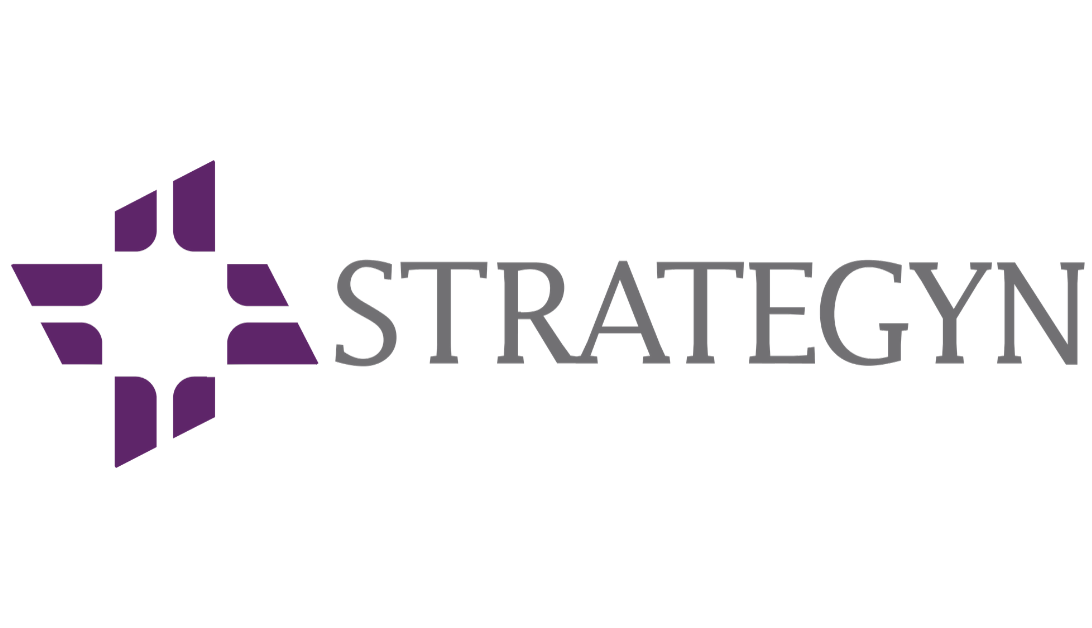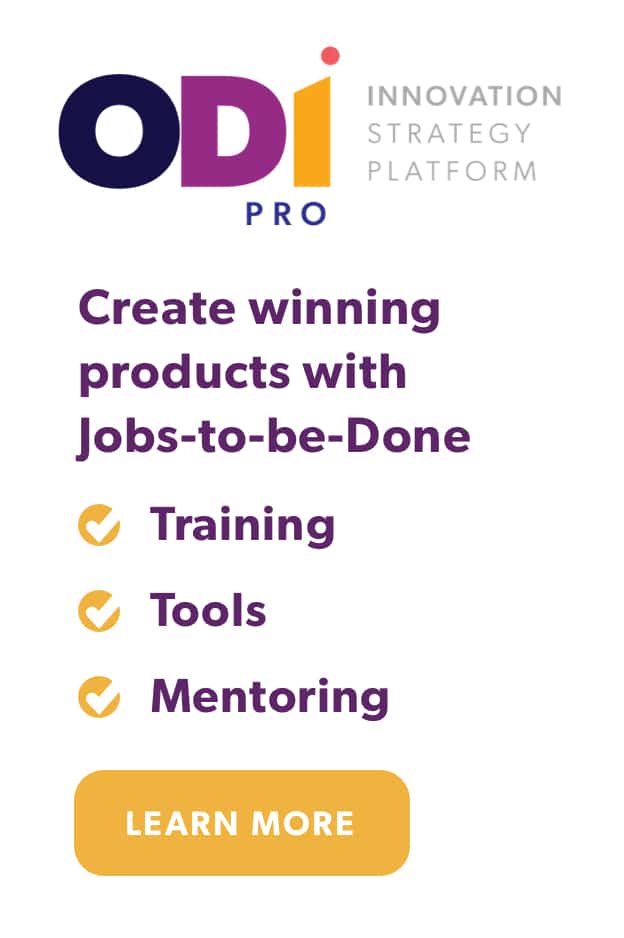One brand we’ve worked with keeps adding features to their products without knowing for sure if they’ll sell or not.
Another has made pivotal decisions about where to innovate their product line based on what they’re good at.
A third came up with a new product in their incubation lab—it looked interesting enough on the surface, but no one is buying it.
Do these scenarios sound familiar? They should. We see them all the time.
Often divisional leaders and product owners are making important decisions that have significant long-term financial impact on the company, but they lack critical insights needed to sufficiently inform their decisions. Instead, they’re choosing where to invest millions (or tens or hundreds of millions) of dollars based on intuition and anecdotal information.
There’s a more reliable way to make decisions about your innovations.
Go Beyond Failing Fast
You may be familiar with approaches like design thinking and “failing fast” as models for driving innovation. These approaches rely on limited input from customers and collect little or no empirical data.
Instead, you need evidence.
Bob Sutton, Professor of Management Science and Engineering in the Stanford Engineering School and famous for coining “evidence-based management,” explains that, like doctors, many business managers make decisions based on factors like obsolete knowledge, personal experience, hype, and mindless mimicry of top performers. He puts forth an extensive case in Harvard Business Review for instead using thorough, evidence-based decision making that incorporates scholarly research, data and more.
Thomas Davenport, Professor in Management and Information Technology at Babson College, recently published an article in Harvard Business Review that similarly explains:
“There has long been evidence across many decision domains that data- and analytics-based decisions are more accurate than those made by human intuition. However, it takes a lot of time to gather data, and some more to analyze it. But if it’s an important decision and the data exists somewhere, it is probably worth the trouble to employ a data-driven decision-making approach… .”
The decisions you make about where and how you’ll innovate are too critical to rely on non-scientific processes. Innovators that want to reliably succeed in the market should heed the advice of scholars like Sutton and Davenport. This means slowing down now to gather and analyze the data at your disposal so that you can make the right decisions and move faster downstream.
Collect and Analyze Customer Needs for Innovation
Okay, you may be saying, I understand that data-driven decisions are good. But what data do I need to inform my innovations? How do I get it? How do I analyze it?
Good questions.
We’ve been working out a reliable, predictable process for innovation for the past 25 years. The key is that you need to uncover and understand all of your customer needs—first qualitatively, then quantitatively. When you understand all of your customer’s needs, you can easily design innovative products to satisfy these desires. The process of designing is simpler, faster and more successful.
We call this process Outcome-Driven Innovation, and it offers a way to systematically define, capture and use all of the data inputs necessary to make better decisions—and make innovation more predictable.
Your decisions about innovation represent hundreds of millions of dollars and the future of the company, so take a little extra time up front to gather the empirical data you need. You’ll make better decisions and see more success in the market.




